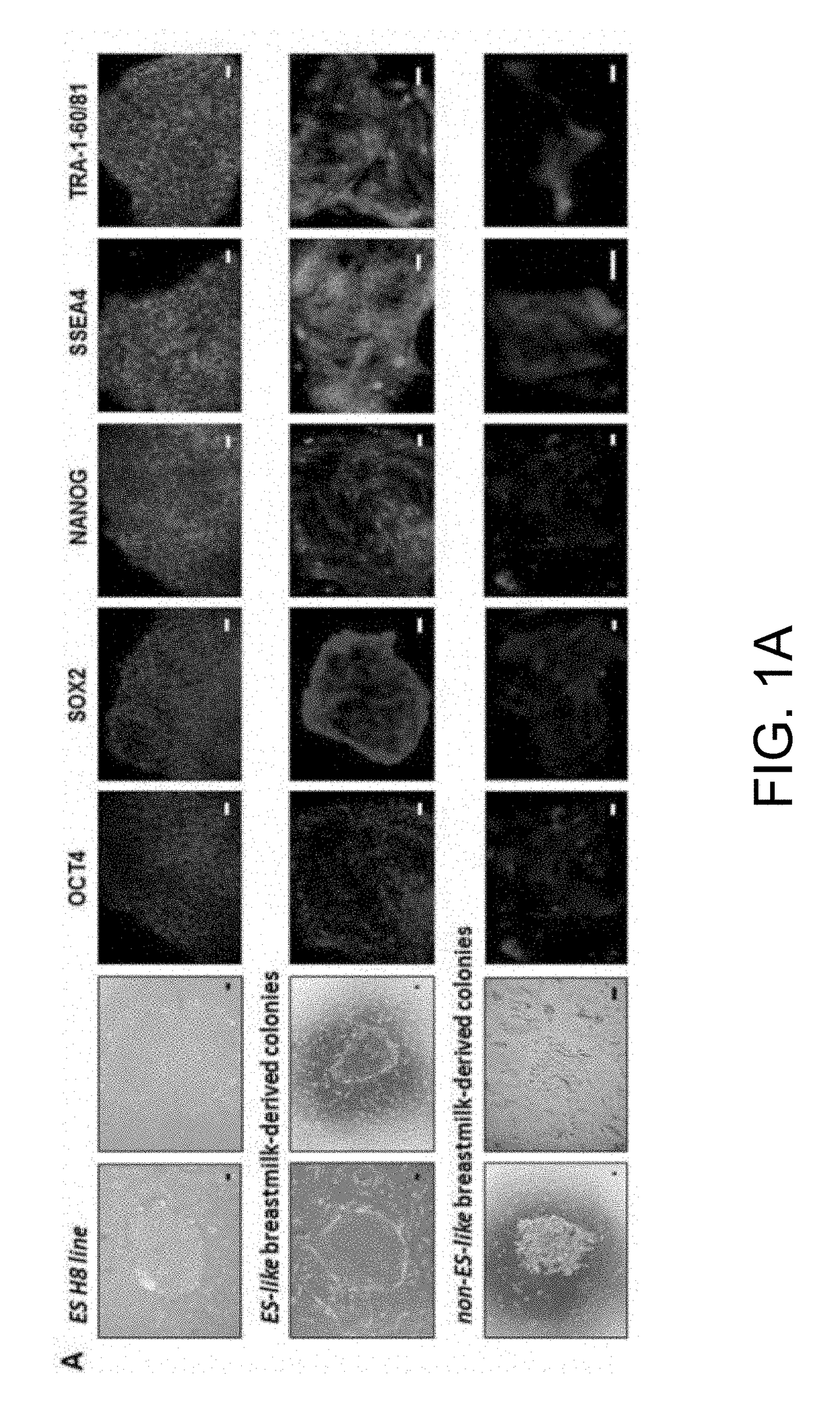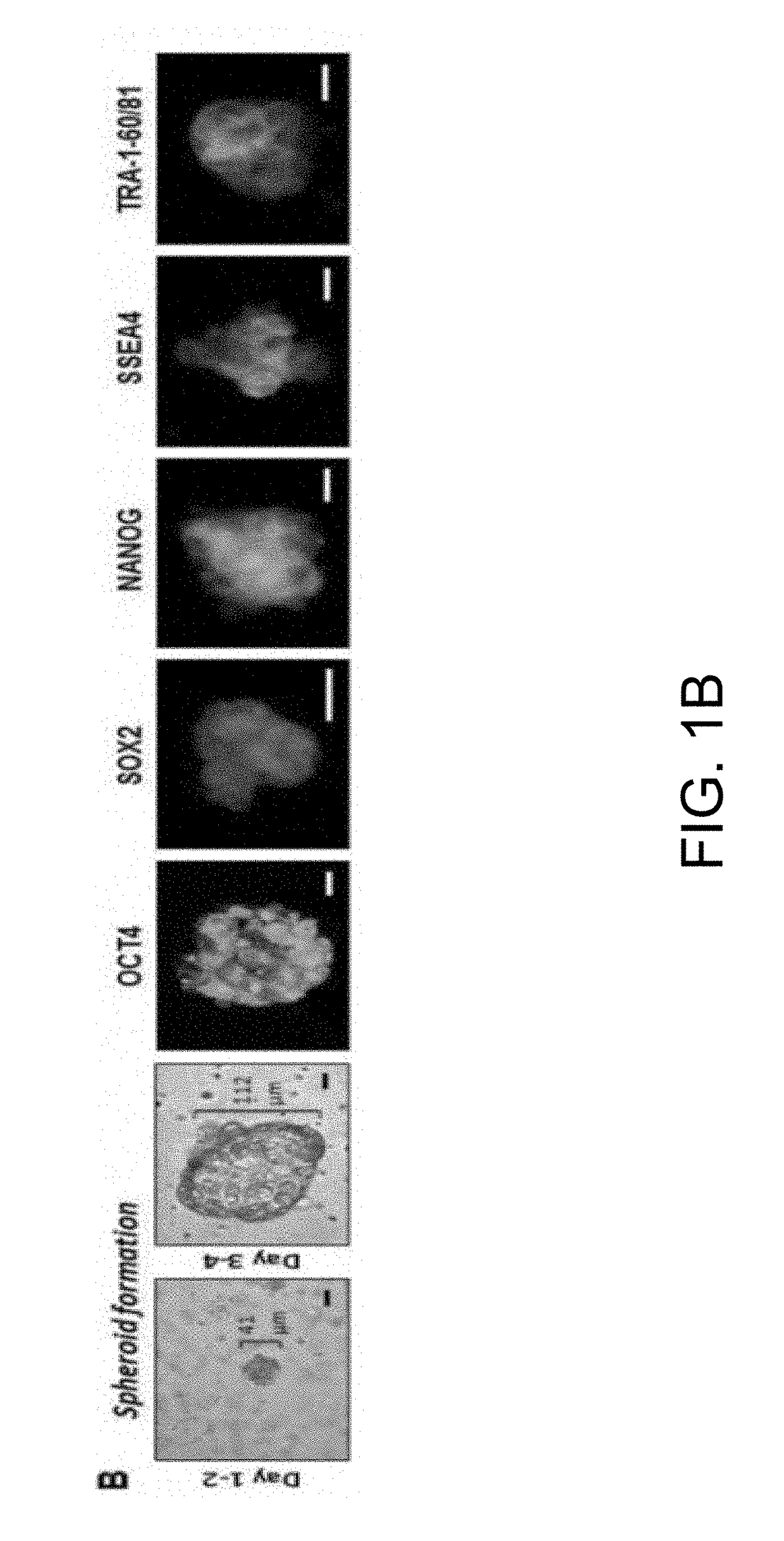Infant feed and method
a technology for infants and formulas, applied in the field of infant formulas, can solve the problems of lack of bioactive components and cellular content of breast milk, insufficient production of breast milk by mothers, and inability to produce breast milk in sufficient quantities, so as to reduce the bacterial cell count of milk and restore adequate bacterial microbiota.
- Summary
- Abstract
- Description
- Claims
- Application Information
AI Technical Summary
Benefits of technology
Problems solved by technology
Method used
Image
Examples
Embodiment Construction
BSC Aspects
[0289]Described herein are nutritional compositions for feeding an infant and methods of their production.
[0290]In particular, and as indicated above, the disclosure relates to a composition for feeding an infant, such as a nutritional composition, comprising a first and a second component, wherein the first component provides the majority of nutrition but is breast milk stem cell (BSC) deficient and wherein the second component comprises BSCs from the infant's mother's own milk. The disclosure has been developed primarily as a composition for feeding a mother's own infant such that appropriate nourishment of the infant is provided together with beneficial BSCs from the infant's mother's own breast milk, even in instances where the circumstances do not allow for the infant to receive full nutrition by way of being fed the mother's own milk directly from the breast. The feed compositions of the present disclosure are therefore “personalised” feed compositions for the mothe...
PUM
 Login to View More
Login to View More Abstract
Description
Claims
Application Information
 Login to View More
Login to View More - R&D
- Intellectual Property
- Life Sciences
- Materials
- Tech Scout
- Unparalleled Data Quality
- Higher Quality Content
- 60% Fewer Hallucinations
Browse by: Latest US Patents, China's latest patents, Technical Efficacy Thesaurus, Application Domain, Technology Topic, Popular Technical Reports.
© 2025 PatSnap. All rights reserved.Legal|Privacy policy|Modern Slavery Act Transparency Statement|Sitemap|About US| Contact US: help@patsnap.com



